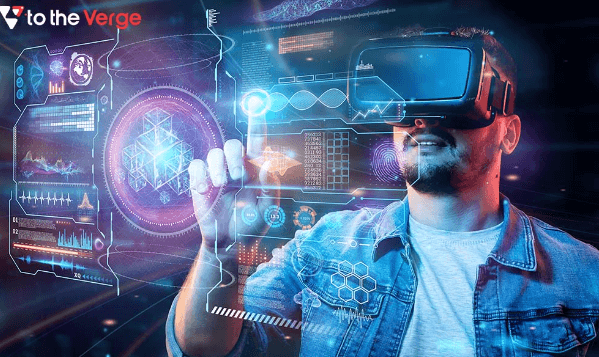
Introduction
Extended Reality, often abbreviated as XR, is a cutting-edge technology that has been transforming the way we interact with the digital world. This article delves into the world of Extended Reality, providing insights, explanations, and answers to some commonly asked questions.
What is Extended Reality (XR)?
Extended Reality (XR) is an umbrella term that encompasses a spectrum of immersive technologies. It merges the real world with computer-generated environments, creating a seamless blend of physical and virtual experiences. XR includes Virtual Reality (VR), Augmented Reality (AR), and Mixed Reality (MR).
Understanding the Types of XR
Virtual Reality (VR)
VR is a fully immersive experience where users are transported to a completely computer-generated environment. This is achieved through the use of specialized headsets and controllers. VR is often used in gaming, training simulations, and even therapy.
Augmented Reality (AR)
AR enhances the real-world environment by overlaying digital elements onto it. Smartphone apps like Pokémon Go and Snapchat filters are prime examples of AR. It’s also used in industries such as retail for virtual try-ons and navigation.
Mixed Reality (MR)
MR combines elements of both VR and AR. Users in MR environments interact with virtual objects and information as if they are part of the real world. Devices like Microsoft’s HoloLens are paving the way for MR applications in education, design, and healthcare.
Benefits of Extended Reality
Enhanced Learning: XR is revolutionizing education by offering immersive learning experiences. Students can explore historical events, dissect complex biological structures, or practice surgical procedures in a virtual setting and news.
Improved Training: XR is a valuable tool for training in various industries, including aviation, healthcare, and manufacturing. Trainees can safely practice complex tasks in a virtual environment, reducing the risk of accidents.
Engaging Entertainment: Gamers are enjoying more immersive and captivating experiences with VR. Movies and entertainment are also exploring XR for interactive storytelling.
Enhanced Shopping: XR is reshaping the retail industry with AR applications that enable customers to visualize products in their own environment before making a purchase in the world.
FAQs about Extended Reality (XR)
What’s the difference between VR and AR?
VR immerses users in a completely virtual world, while AR overlays digital elements on the real world. VR is fully immersive, whereas AR enhances the real world.
Can XR be used for business applications?
Absolutely. XR is being used in business for training, design, remote collaboration, and marketing. It offers innovative solutions for various industries.
Are XR devices affordable?
Prices vary depending on the technology and quality of the device. Entry-level AR and VR devices are becoming more affordable, making XR accessible to a broader audience.
Is XR safe for extended use?
XR technology is generally safe, but prolonged use may cause discomfort or fatigue. It’s essential to take regular breaks and follow manufacturer guidelines.See more world news at https://cryptovancity.com/world-news/
Conclusion
Extended Reality (XR) is revolutionizing the way we interact with the digital world. Whether you’re exploring virtual realms, enhancing your real-world experiences, or leveraging XR for business applications, this immersive technology is poised to shape our future in profound ways. As XR continues to evolve, we can anticipate even more exciting developments in this dynamic field.

Leave a Reply